La Vuelta 2019, Stage 6: Mora de Rubielos > Ares del Maestrat 29/08/2019 - 198,9 km *Spoilers*

blazing_saddles
Posts: 22,730
La Vuelta 2019, Stage 6: Mora de Rubielos > Ares del Maestrat 29/08/2019 - 198,9 km
The 6th stage of the Vuelta a España leads from Mora de Rubielos to Ares del Maestrat. At 198.9 kilometres, the riders tackle four climbs, including the final haul up of 7.9 kilometres at 5%. The route of La Vuelta’s 6th stage runs through the Sierra de Gúdar, a remote mountain chain with stunning nature.

The route is too hard for fast finishers, while GC contenders have nothing to gain on this terrain. Shortly after the start – already at an elevation of 1,000 metres – the route climbs further uphill.

Firstly to the village Nogueruelas and then to the corresponding peak, Puerto de Nogueruelas. The ascent is 9 kilometres long and slopes at 4.5%.
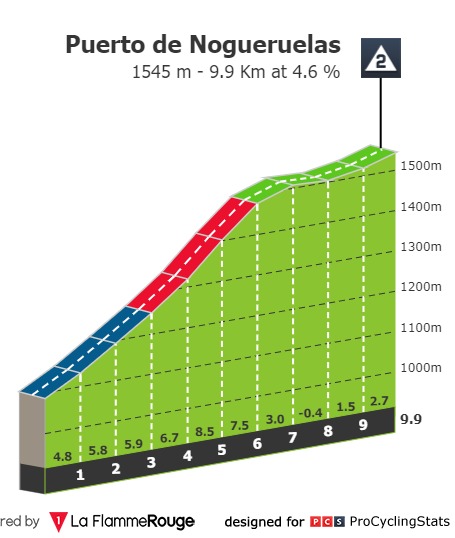
Next up is the Puerto de Linares: 7.7 kilometres at 5.7%. With its crest at 1,660 metres, this is the highest point of the day. The race is 36.5 kilometres underway.
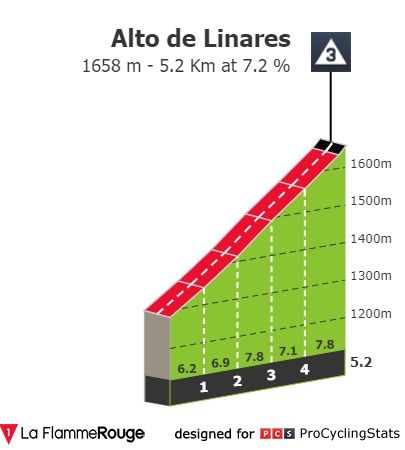
On rolling roads the route descends gradually to 630 metres. Still 35 kilometres and two more climbs to go. The Puerto de Culla is a steady climb of 4.4 kilometres with an average gradient of 5.8%.
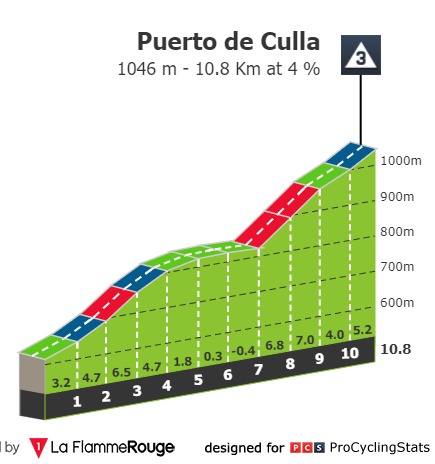
The last climb goes to Ares del Maestrat. Which is yet another steady test of 7.9 kilometres at 5%.
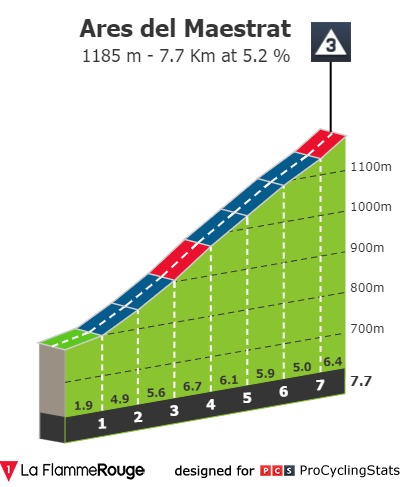
Favourites 6th stage 2019 Vuelta a España
The route is tailor-made for breakaway artists. Once the flag is dropped the road goes up and continues to do so after the village Noguerelas. The first 12 kilometres rise at approximately 5%, while the ascent kicks it up a notch after moving through the village. All in all, this is the perfect launch pad for a successful early attack. After today's successful gamble,
seats in the break are likely to be very popular on stage 6, so more attacks could be imminent.
*** Thomas de Gendt, Valerio Conti, Gianluca Brambilla
** Jesús Herrada, Philippe Gilbert, Daniel Navarro
* Mark Padun, Tomasz Marczynski, Rémi Cavagna
Mora de Rubielos
Unprecedented departure
1,565 inhabitants.
The first thing one notices when arriving in Mora de Rubielos is its stunning castle and its ruined ramparts. The building, presumably of Arab origin, was rebuilt in the 12th century after the town had been conquered by Alfonso II. Set in the Sierra de Gúdar in Aragon, Mora de Rubielos will host the start of one of those stages referred to as ‘legbreakers’, with several mountain passes in a row and continuous climbs and descents.

Bacon and eggs, Aragon style.

Ternasco asado
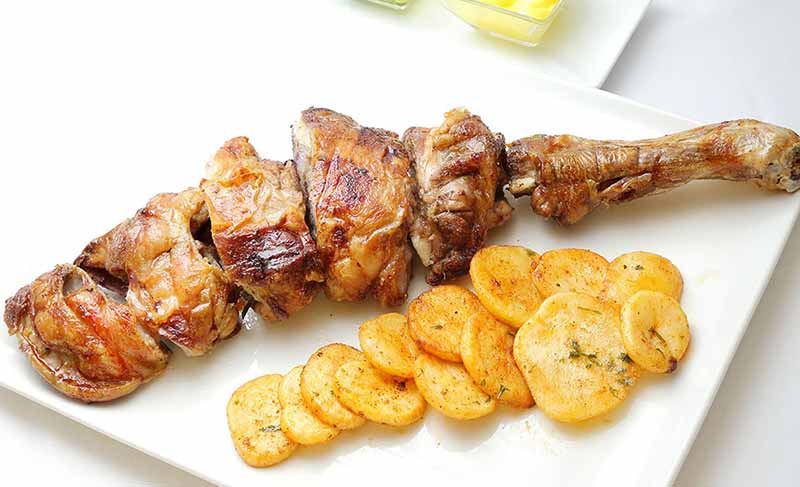
Ares del Maestrat
Unprecedented Vuelta finale
197 inhabitants
Although it is not located in the same province, Ares del Maestrat shares certain similarities with Mora de Rubielos. This town in Castellon is also famous for its castle, which played a key role in Jaume I’s conquests. Located at the foot of Mola d’Ares, this town is the second highest in the whole of the Community of Valencia, at an altitude of almost 1,200 metres.
As a result of migration to the cities in the 1960s and 1970s, Ares del Maestre is sparsely populated today, yet remains a popular tourist destination. This is the first stage it has ever hosted, and it ends with a long steep climb that begins 10 kilometres before the finishing line.
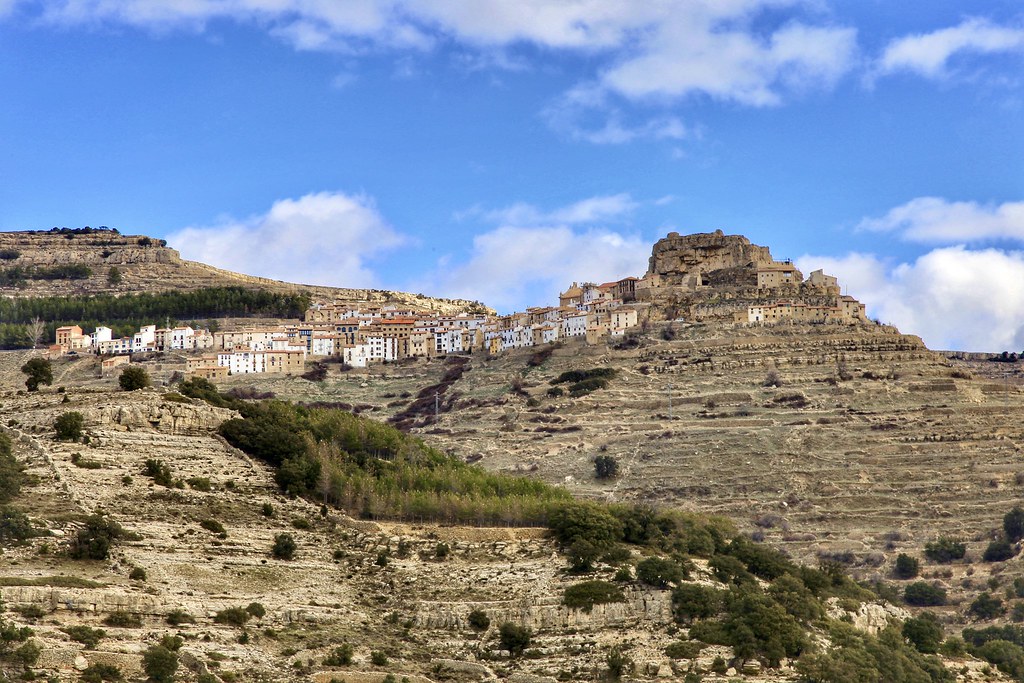
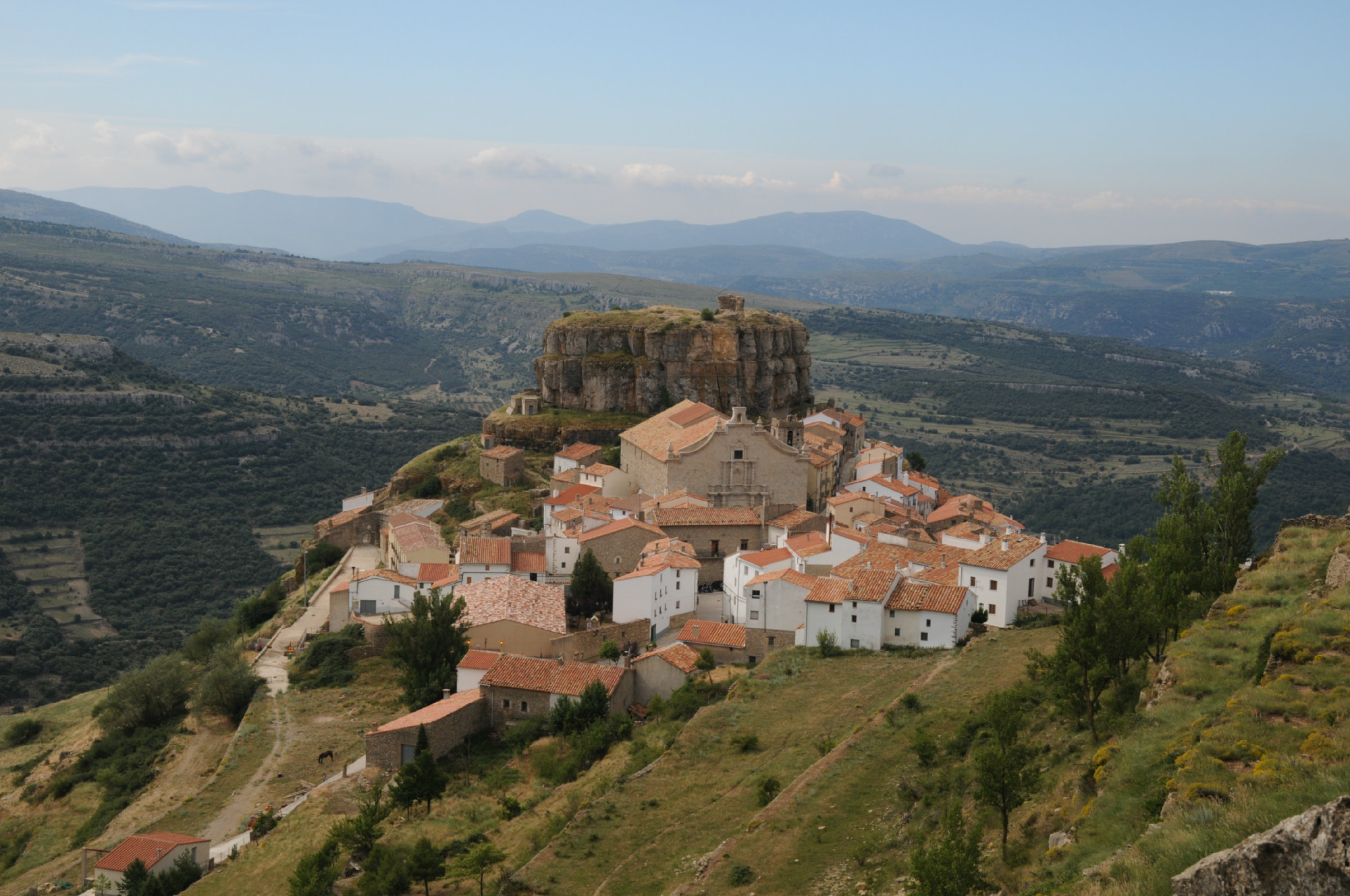
Bacalao al ajoarriero
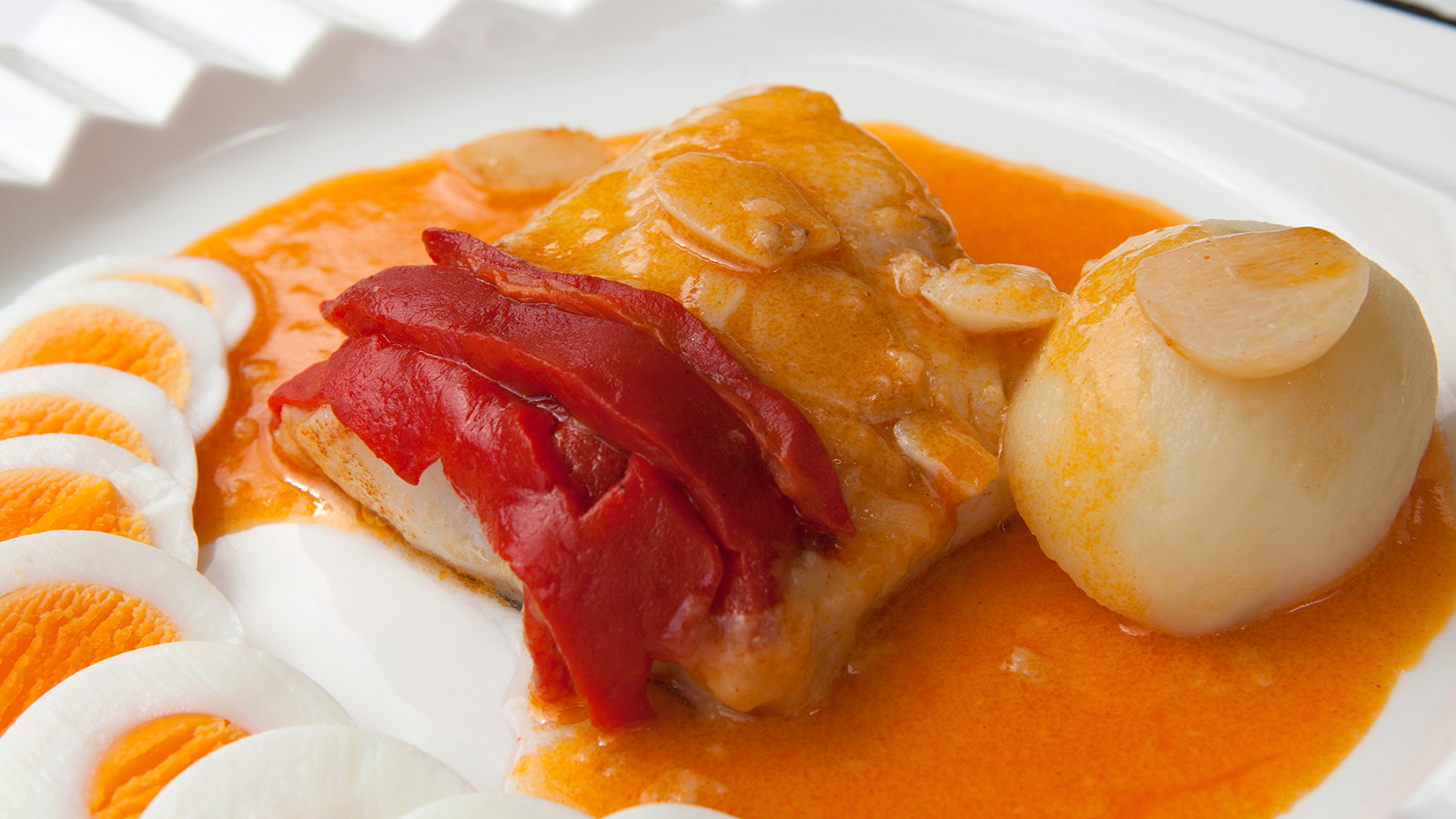
The 6th stage of the Vuelta a España leads from Mora de Rubielos to Ares del Maestrat. At 198.9 kilometres, the riders tackle four climbs, including the final haul up of 7.9 kilometres at 5%. The route of La Vuelta’s 6th stage runs through the Sierra de Gúdar, a remote mountain chain with stunning nature.

The route is too hard for fast finishers, while GC contenders have nothing to gain on this terrain. Shortly after the start – already at an elevation of 1,000 metres – the route climbs further uphill.

Firstly to the village Nogueruelas and then to the corresponding peak, Puerto de Nogueruelas. The ascent is 9 kilometres long and slopes at 4.5%.

Next up is the Puerto de Linares: 7.7 kilometres at 5.7%. With its crest at 1,660 metres, this is the highest point of the day. The race is 36.5 kilometres underway.

On rolling roads the route descends gradually to 630 metres. Still 35 kilometres and two more climbs to go. The Puerto de Culla is a steady climb of 4.4 kilometres with an average gradient of 5.8%.

The last climb goes to Ares del Maestrat. Which is yet another steady test of 7.9 kilometres at 5%.

Favourites 6th stage 2019 Vuelta a España
The route is tailor-made for breakaway artists. Once the flag is dropped the road goes up and continues to do so after the village Noguerelas. The first 12 kilometres rise at approximately 5%, while the ascent kicks it up a notch after moving through the village. All in all, this is the perfect launch pad for a successful early attack. After today's successful gamble,
seats in the break are likely to be very popular on stage 6, so more attacks could be imminent.
*** Thomas de Gendt, Valerio Conti, Gianluca Brambilla
** Jesús Herrada, Philippe Gilbert, Daniel Navarro
* Mark Padun, Tomasz Marczynski, Rémi Cavagna
Mora de Rubielos
Unprecedented departure
1,565 inhabitants.
The first thing one notices when arriving in Mora de Rubielos is its stunning castle and its ruined ramparts. The building, presumably of Arab origin, was rebuilt in the 12th century after the town had been conquered by Alfonso II. Set in the Sierra de Gúdar in Aragon, Mora de Rubielos will host the start of one of those stages referred to as ‘legbreakers’, with several mountain passes in a row and continuous climbs and descents.

Bacon and eggs, Aragon style.

Ternasco asado

Ares del Maestrat
Unprecedented Vuelta finale
197 inhabitants
Although it is not located in the same province, Ares del Maestrat shares certain similarities with Mora de Rubielos. This town in Castellon is also famous for its castle, which played a key role in Jaume I’s conquests. Located at the foot of Mola d’Ares, this town is the second highest in the whole of the Community of Valencia, at an altitude of almost 1,200 metres.
As a result of migration to the cities in the 1960s and 1970s, Ares del Maestre is sparsely populated today, yet remains a popular tourist destination. This is the first stage it has ever hosted, and it ends with a long steep climb that begins 10 kilometres before the finishing line.


Bacalao al ajoarriero

"Science is a tool for cheaters". An anonymous French PE teacher.
0
Comments
-
Can't help thinking that the finish village is going to be a little overwhelmed. Looks good but like a lot of those Spanish villages probably empty most of the time.0
-
How typical that after yesterday's soft win from the breakaway, there has been a right old bun fight to get into the break today.
As a consequence, speeds have been very high during the opening 2 hours (100kms covered) and the break (David de la Cruz (Team Ineos), Gianluca Brambilla (Trek-Segafredo), Jesus Herrada (Cofidis), Dylan Teuns (Bahrain-Merida), Pawel Poljanski (Bora-Hansgrohe), Dorian Godon (AG2R La Mondiale), Tejay Van Garderen (EF Education First), Bruno Armirail (Groupama-FDJ), Nelson Oliveira (Movistar Team), Tsgabu Grmay (Mitchelton-Scott) and Robert Gesink (Jumbo-Visma)) have just two and a half minutes.
Idiots for taking a siesta yesterday."Science is a tool for cheaters". An anonymous French PE teacher.0 -
Maybe not one for the breakaway today then. Break of 11 has four riders less than 10 minutes down on GC, so only given two and a half minutes lead. Anything likely to happen on that last climb? It doesn't look tough enough for big gaps.0
-
A massive crash in the bunch sees riders from Lotto Soudal, Deceuninck-Quick Step, Jumbo-Visma and EF Education First hit the deck.
So far, Uran, Carthy and de la Parte have abandoned.
Nicolas Roche is at the medical car
Must have been a real bad one."Science is a tool for cheaters". An anonymous French PE teacher.0 -
Blazing Saddles wrote:A massive crash in the bunch sees riders from Lotto Soudal, Deceuninck-Quick Step, Jumbo-Visma and EF Education First hit the deck.
So far, Uran, Carthy and de la Parte have abandoned.
Must have been a real bad one.
Flippin' heck0 -
Roche has now abandoned the race."Science is a tool for cheaters". An anonymous French PE teacher.0
-
Tony Martin, Nelson Powless, George Bennett, Wout Poels and James Knox also confirmed as crash victims. Very bad for Jumbo."Science is a tool for cheaters". An anonymous French PE teacher.0
-
Sounds like a bad crash0
-
Tony Martin's thigh looks like a plate of
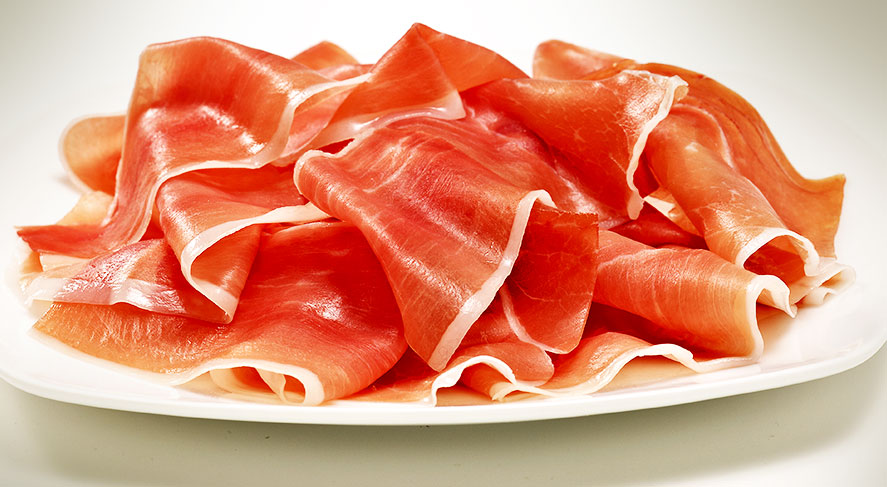 "Science is a tool for cheaters". An anonymous French PE teacher.0
"Science is a tool for cheaters". An anonymous French PE teacher.0 -
Now being reported that Tony Martin was the first domino on the deck. If so, chalk another major incident to him."Science is a tool for cheaters". An anonymous French PE teacher.0
-
Uran broken collarbone.0
-
Shirley Basso wrote:Uran broken collarbone.
Davide Formolo now in difficulty from an injured leg."Science is a tool for cheaters". An anonymous French PE teacher.0 -
Dam dam dam
This was the year i hoped EF became the team i want them to be.0 -
-
-
Tejay goes into the bushses in an attempt to join his abandoned buddies.
EF nightmare day."Science is a tool for cheaters". An anonymous French PE teacher.0 -
0
-
Tejay goes into the bushes in an attempt to join his abandoned buddies.
EF nightmare day."Science is a tool for cheaters". An anonymous French PE teacher.0 -
Better news for EF.
Tejay's bit of bush diving didn't end his Vuelta."Science is a tool for cheaters". An anonymous French PE teacher.0 -
Looking remarkably casual on the tarmac there for some of the riders!
Couple of riders have 33s off the front.0 -
6 minutes which means GC could be up for grabs?0
-
Shirley Basso wrote:6 minutes which means GC could be up for grabs?
Virtual top 4 currently Teuns, De La Cruz +22, Gesink +1:30, Lopez +2:000 -
Teuns and Bahrain take the leader's jersey, while David de la Cruz takes the raspberries for yet another crap Ineos performance."Science is a tool for cheaters". An anonymous French PE teacher.0
-
Teuns gets to wear a different shade of red, while Herrada the greater makes up for his brother's fail, 24 hours earlier.
Some french bloke beats Gesink for 3rd."Science is a tool for cheaters". An anonymous French PE teacher.0 -
Brutal vuelta."If I was a 38 year old man, I definitely wouldn't be riding a bright yellow bike with Hello Kitty disc wheels, put it that way. What we're witnessing here is the world's most high profile mid-life crisis" Afx237vi Mon Jul 20, 2009 2:43 pm0
-
They're waiting for the next band to come on.Shirley Basso wrote:Looking remarkably casual on the tarmac there for some of the riders!
Couple of riders have 33s off the front.0 -
He’s not Ineos, Cycling news have him down as team Sky! I thought I was slow on the uptake.Blazing Saddles wrote:Teuns and Bahrain take the leader's jersey, while David de la Cruz takes the raspberries for yet another crap Ineos performance.0 -
Teejay bush diving when he should be thinking of his bike
 0
0 -
Cofidis win a GT stage.
Jesus really can perform miracles!0 -
0



